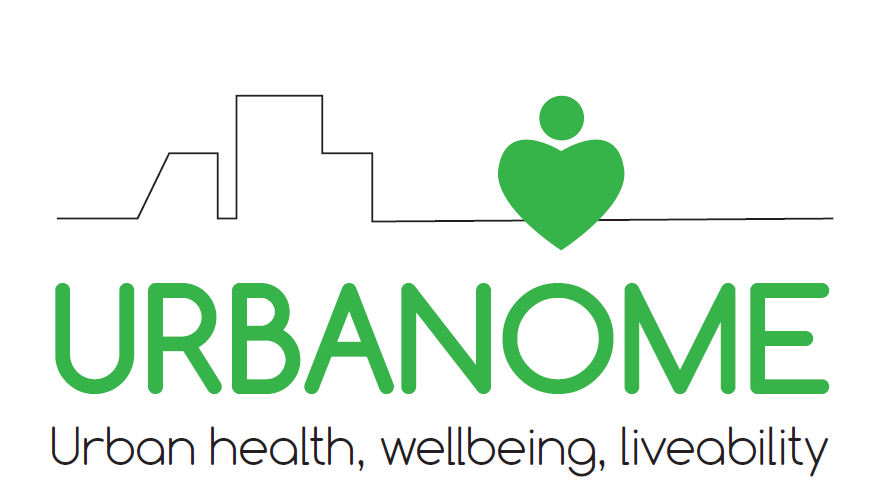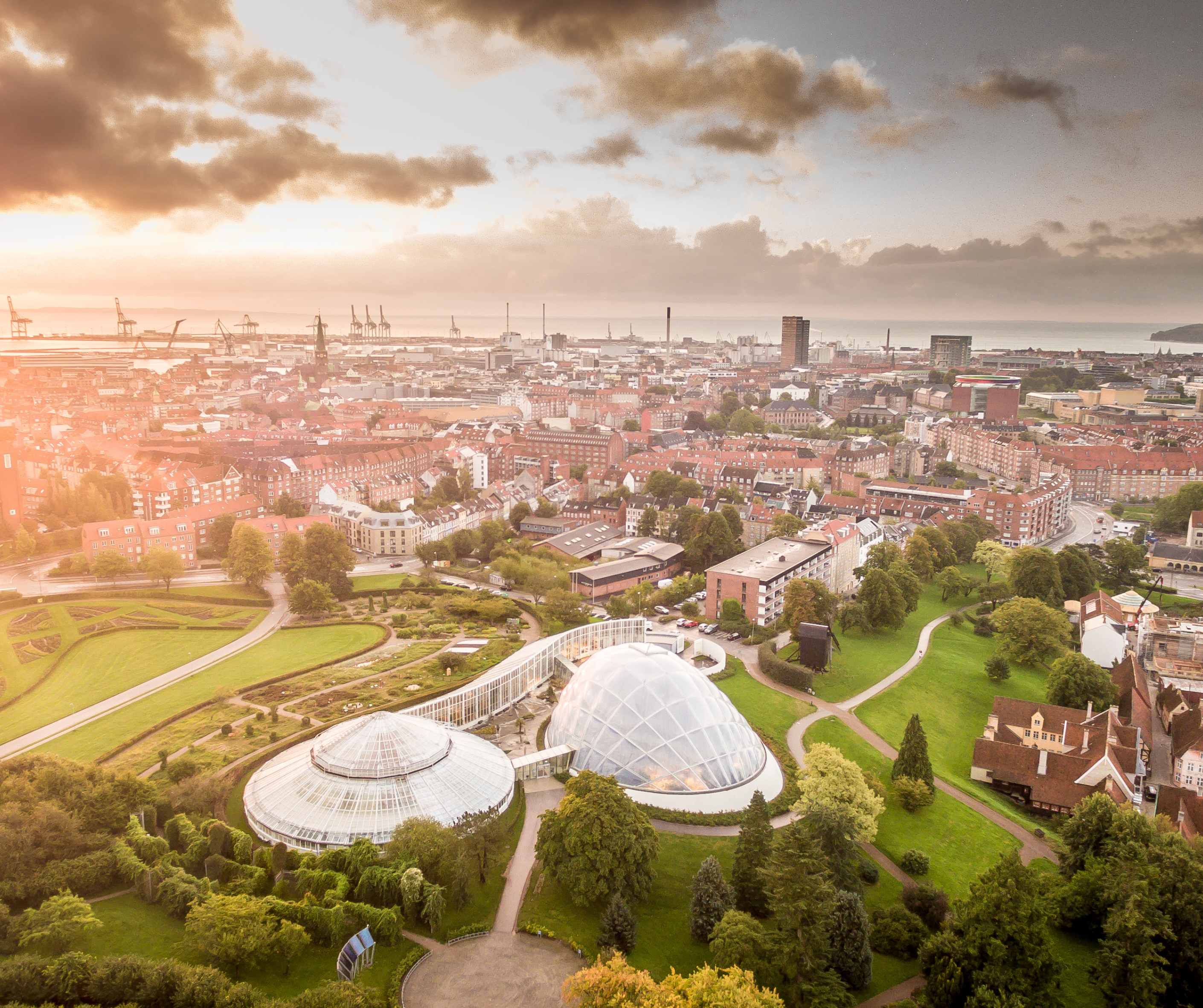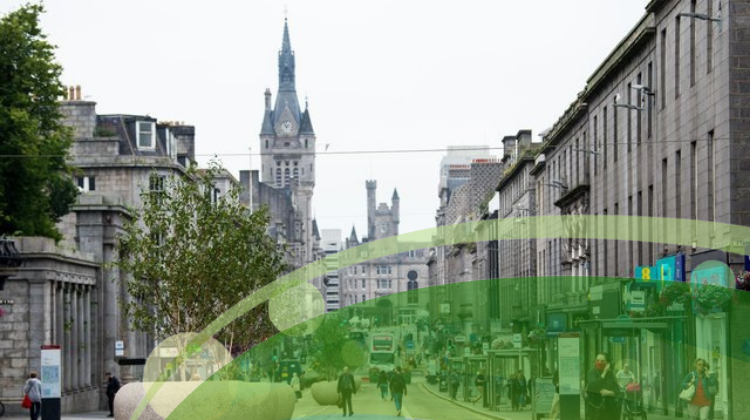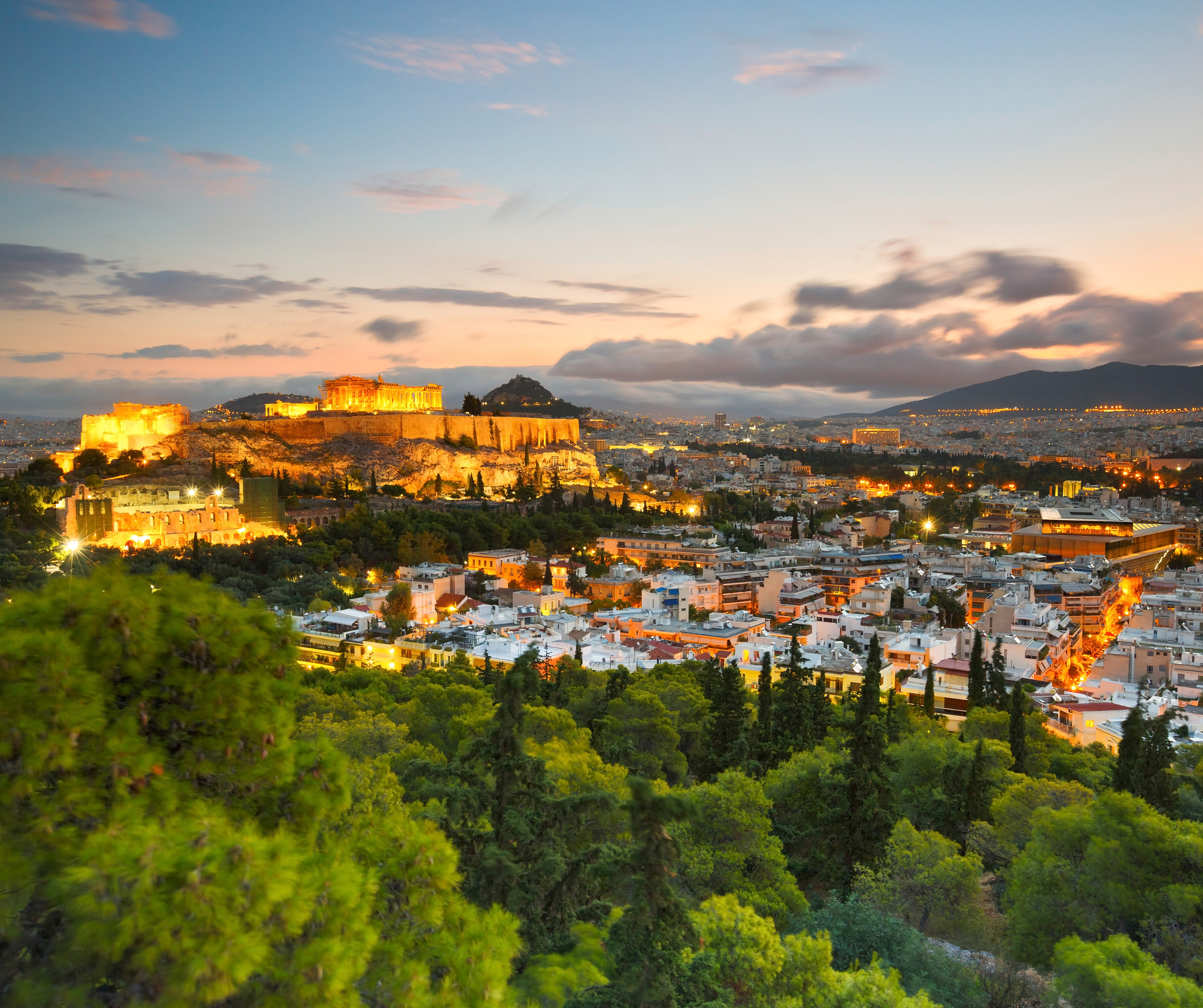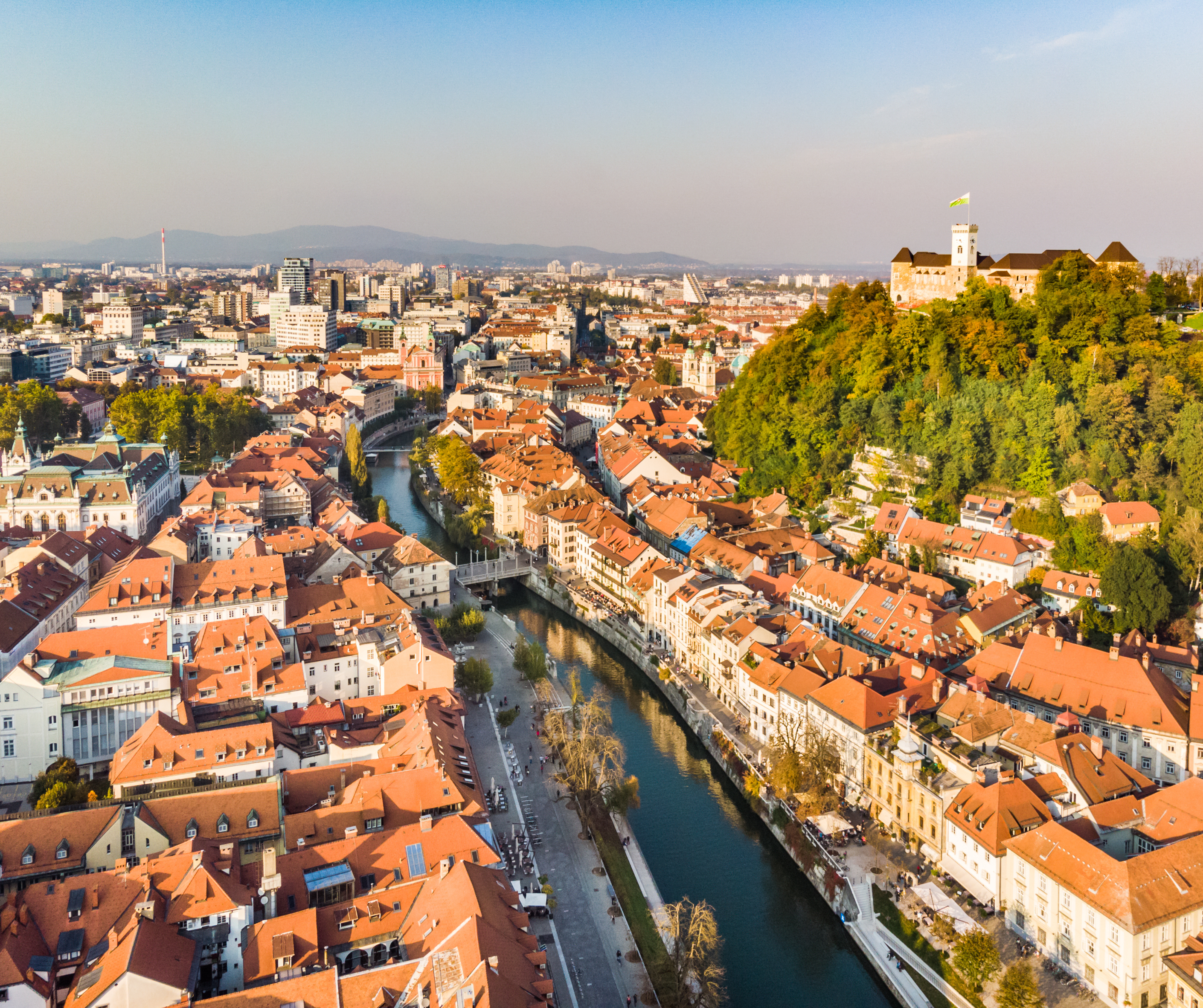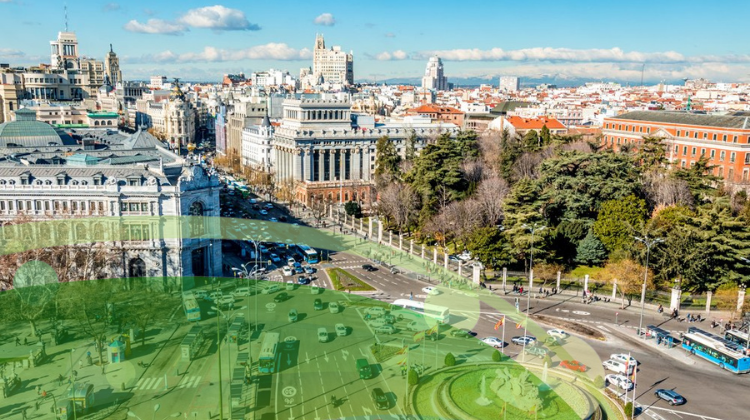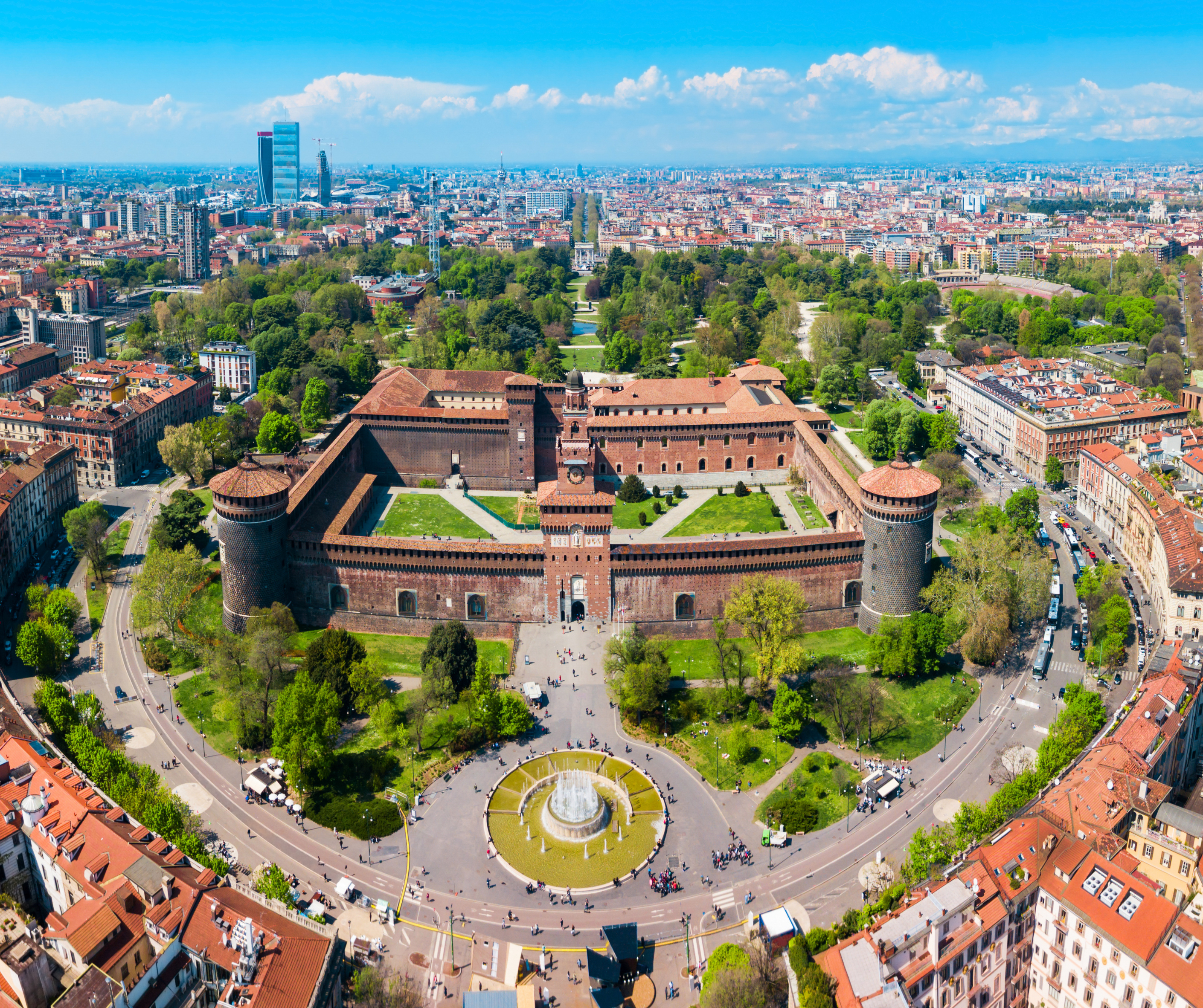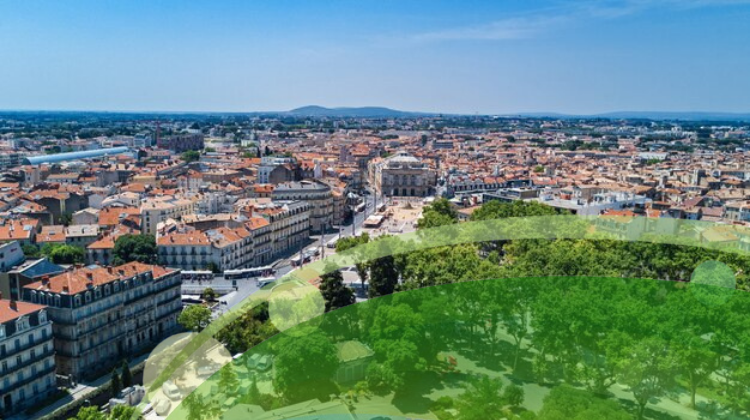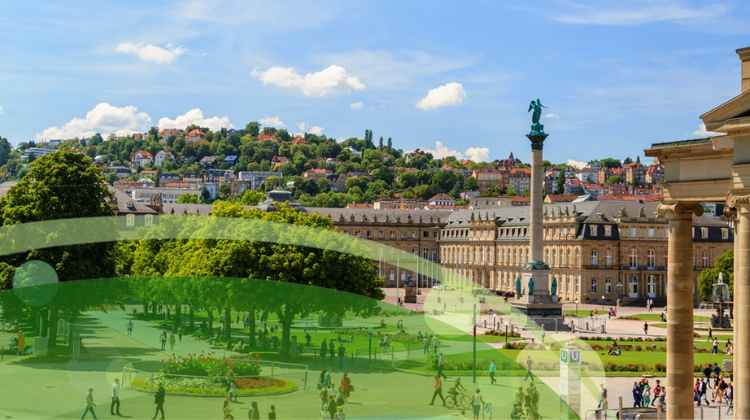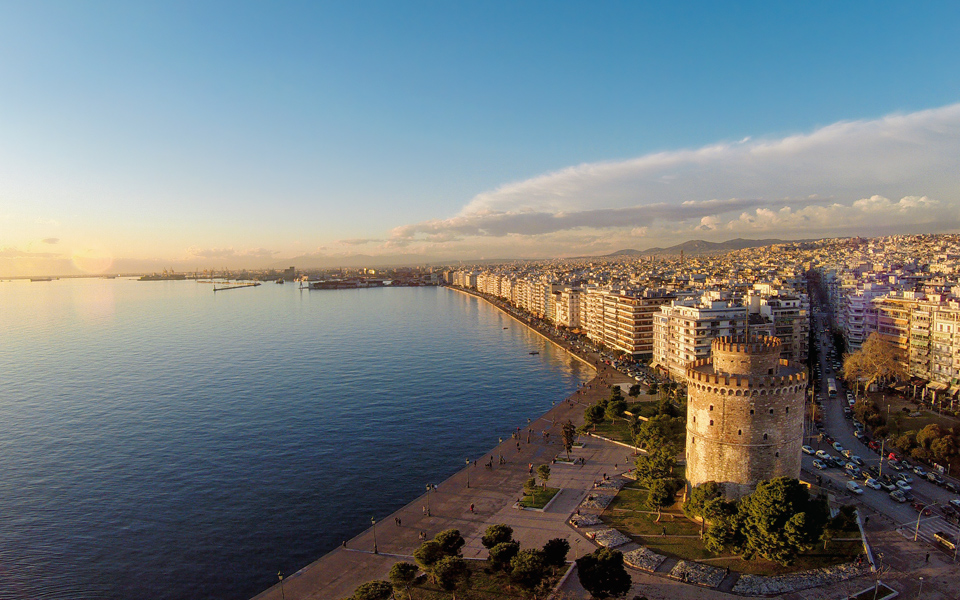Urban Living Labs
The URBANOME approach is applied through pilots built by Urban Living Labs in Aarhus, Athens, Aberdeen, Madrid, Milan, Montpellier, Ljubljana, Stuttgart and Thessaloniki
AARHUS
Country: Denmark
Aarhus is the second-largest city in Denmark and the seat of Aarhus municipality. It is located on the eastern shore of Jutland in the Kattegat Sea and approximately 187 kilometers (116 mi) northwest of Copenhagen. The City of Aarhus faces multiple environmental and social pressures, including sea level rise, very high groundwater levels, and cloudbursts leading to flooding events with high economic and social costs.
In the Aarhus Urban Living Lab, we envision improving urban liveability, well-being, and environmental urban health, and their intended, perceived, and actual benefits for diverse urban population groups.
ABERDEEN
Country: Scotland
Aberdeen is a city in the North East of Scotland, with a population of over 200,000 people. Although Aberdeen has comparably strong figures for walking as a transport mode (to school and work), the urban core is heavily dominated by car traffic, and with mass transit options for commuting (bus and some rail services) run by the private sector.
In the Aberdeen Urban Living Lab, we imagine a city centre that is attractive, accessible, safe and beneficial to the health and wellbeing of people.
ATHENS
Country: Greece
Athens is the capital and largest city of Greece. Nearly half of the Greek population lives in Athens’ Larger Urban Zone, more than 4 million people, making it one of the most densely populated areas in Europe (1,540 inhabitants/km²). In 2021, Athens’ urban area hosted more than three and a half million people, which is around 35% of the entire population of Greece. Athens in the 21st century face many environmental problems and challenges.
In Athens ULL, we aim at improving Physical and mental health and well-being of citizens The interventions in Athens to be developed during our co-design activities and the ULL will concentrate on exploring the air quality in terms of improving physical and mental health and well-being of citizens.
LJUBJANA
Country: Slovenia
In order to make sure the increase in cycling as a means of transport in urban settings provides the health benefits cycling promises, better planning is needed to protect cyclists from variety of stressors. The »green cycling corridors« are used in many urban areas to restrict air and noise pollution from reaching roadside cyclists. The assessment of the mitigation potential of the near-road vegetation barriers is therefore important to understand their effectiveness in reducing the exposure of roadside cyclists and pedestrians. Ljubljana ULL will explore the benefits of developing such a »green cycling corridor« as an alternative running in parallel to the south-ease avenue into the city. With the uses of recent advances in personal sensor devices for air quality and noise in combination with physical activity devices, the principles of impact evaluation will be used to compare both route alternatives.
In Ljubljana ULL, we aim at providing health related evidence based approach to urban/transport planning: an example of green cycling corridors
MADRID
Country: Spain
The city of Madrid is the largest city in Spain with a population of 3.266.126 inhabitants and a density of 5.418,47 inhabitants /km². The city is organized along two main urban areas, an inner and outer ring. there is a significant flow of commuters from suburbs to central area to perform daily activities. Despite of the efficient public transport network, most of the days there is an intensive road traffic across the metropolitan area.
In Madrid Urban Living Lab we aim to give the opportunity to citizens of being involved in the solution of their own environmental problems.
MILAN
Country: Italy
“Piazze Aperte” (open squares) The design starts from a citizens idea, followed by an analysis phase of both pedestrian, bicycle and vehicle flows and possible uses in relation to environmental comfort (presence of shade, noise, established uses etc.); after moments of meetings attended by citizens and other stakeholders, the tactical urban planning projects are elaborated. The new square comes to life: within a few weeks, the new signage was redesigned, the furnishings, plants were installed and the square began to be lived in. The square is monitored during its usage, detecting pedestrian, bicycle and vehicle flows, environmental features, and monitoring the usage with questionnaires addressed to the users of the square. The final design process begins. The data and the uses of experimentation orient the design of the public space. Eventually, the final project is carried out, using durable materials and including the environmental and historical aspects of the context. 38 projects realized in the period 2018 – 2021.
Rethinking the streets and squares of the neighborhoods as places of social interaction, vitality and meeting point, returning the urban space to public life. To promote effective collaboration between citizens and the Public Administration, enhancing the free initiative of citizens through the shared management of common goods.
MONTPELLIER
Country: France
Montpellier is an urban city in the south of France (near the sea) with more than 288,600 inhabitants. Capital of the Hérault department in the Occitanie Region, Montpellier is the third-largest French city near the Mediterranean coast and the seventh-largest city in the country.
Improving the state of health of citizens, their living conditions and their well-being in the city is our vision in Montpellier Urban Living Lab.
STUTTGART
Country: Germany
Stuttgart is a city in the south of Germany with more than 630,000 inhabitants and an important production location for several companies. Stuttgart’s cityscape is characterized by many hills and valleys such as the „Stuttgarter Kessel“ (Stuttgart basin) and the Neckar valley. There are green spaces like parks, as well as dense urban development with a high proportion of different buildings.
In the Stuttgart Urban Living Lab we envision more livable places with more space for people to enhance health and wellbeing in the city.
THESSALONIKI
Country: Greece
Thessaloniki is the second-largest city in Greece, with over one million inhabitants in its metropolitan area, and the capital of the geographic region of Macedonia. The Thessaloniki ULL will focus on the increased impact of environmental barriers on urban citizens’ health.
In the Thessaloniki Urban Living Lab, we envision an urban environment that will improve the quality of life for urban populations who face crucial environmental-related health challenges.
